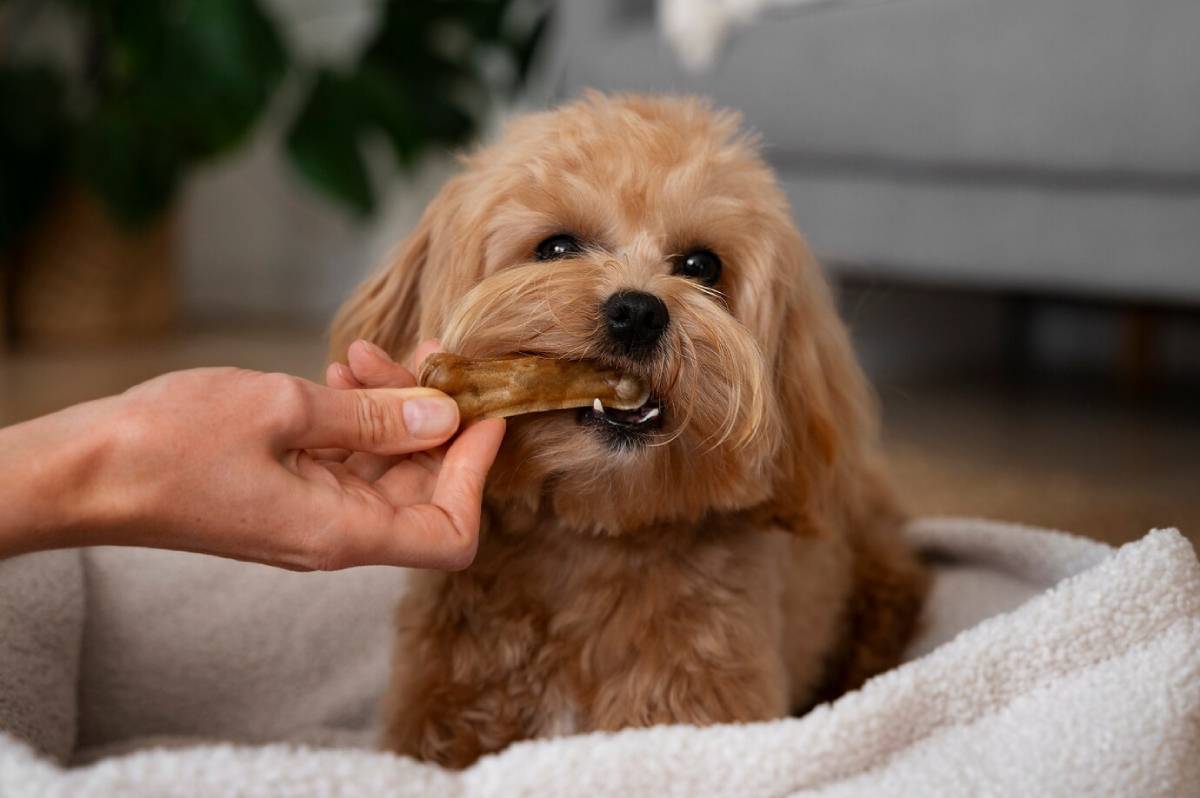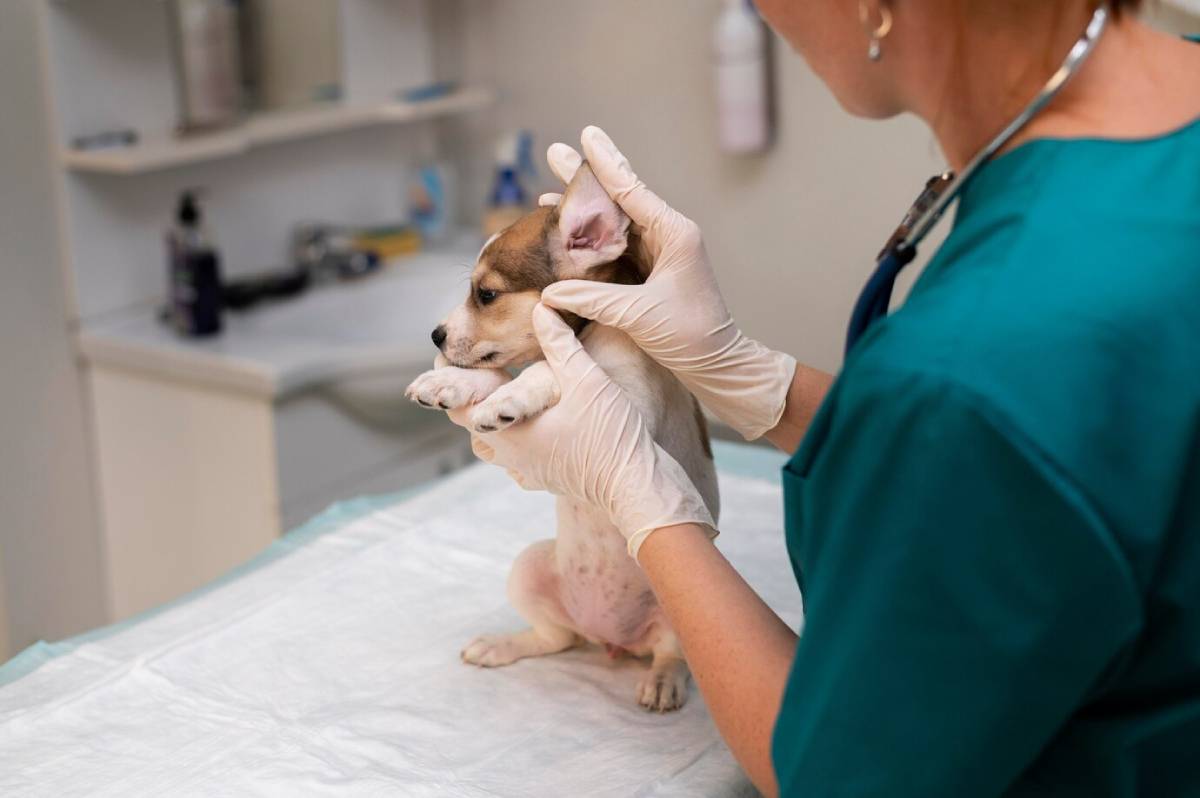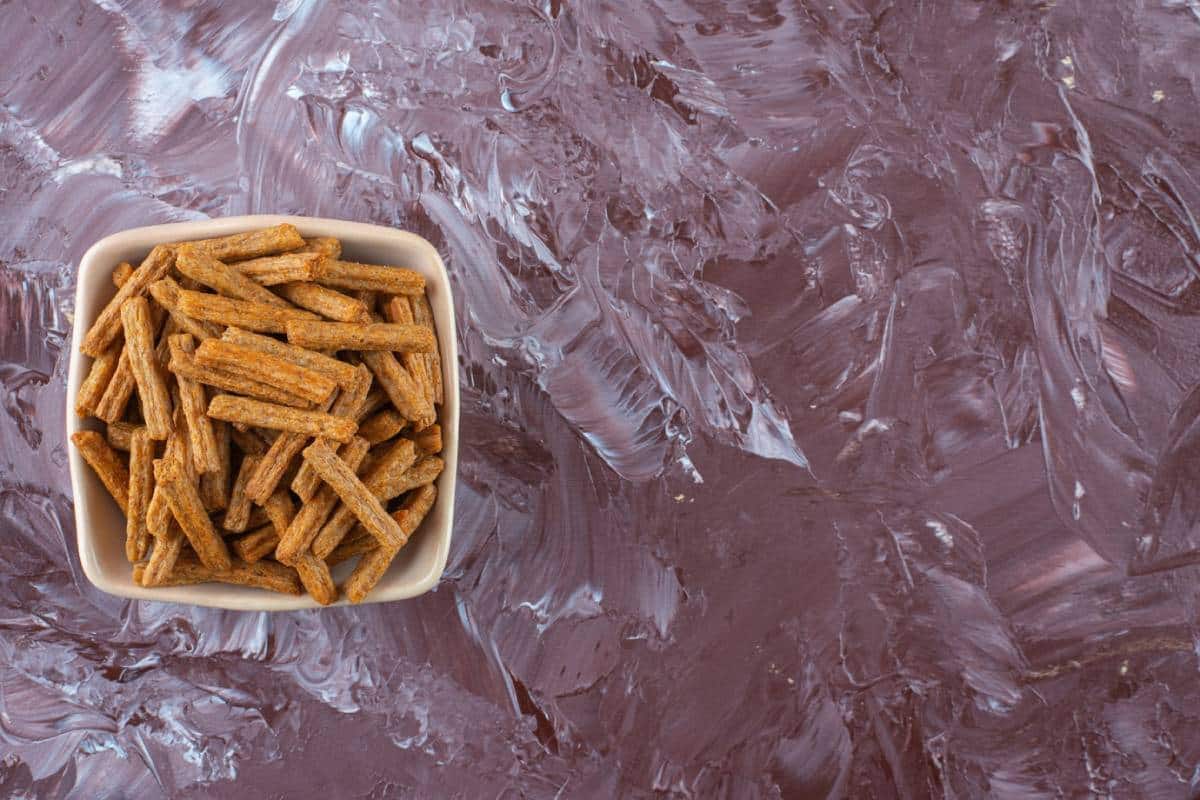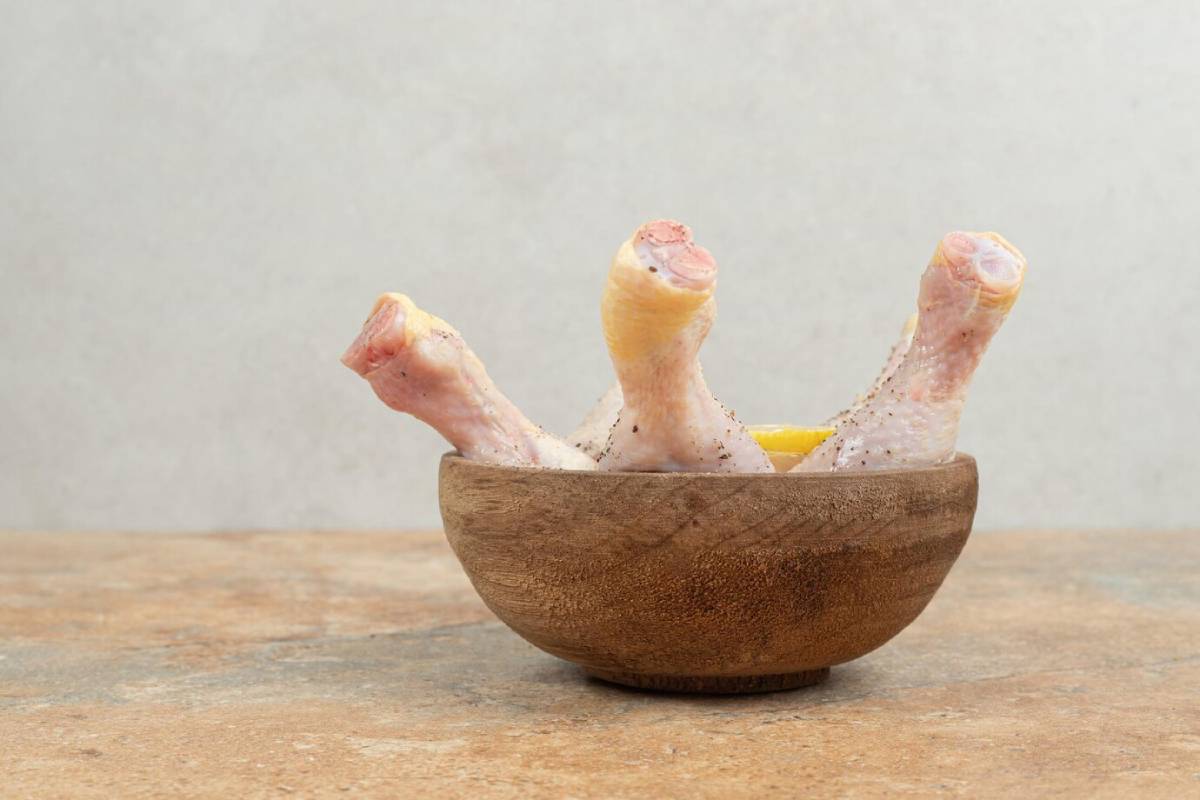
Dairy-Free Dog Treats: Simple Recipes for Sensitive Pups
Is your dog scratching and itching a lot, having tummy trouble or experiencing hair loss on their feet or other parts of their skin? And these may be symptoms of lactose intolerance, which is a problem for a lot of dogs. Like some humans, some dogs are lactose intolerant. They can’t produce lactase, the enzyme needed to digest lactose, the sugar in dairy. They can suffer discomfort and health problems when they are not able to digest it.
Some dogs adore cheese or yogurt. But some could have challenges. They might develop digestion problems, itchy skin or infections. That’s where dairy-free dog health.
Making homemade dog treats allows you to control what goes into each bite. It’s not just about cutting dairy. It’s about using healthy ingredients that help your pup feel good. These lactose-free dog snacks are easy to make, tasty, and budget-friendly. They’re great for dogs with allergies or for prevention.
In this guide, we’ll look at why dairy-free treats are important. We’ll discuss which ingredients to pick and which ones to skip. Plus, we’ll share some favourite recipes that dogs enjoy. Let’s dive in!
Understanding Dairy Sensitivities in Dogs
Common Symptoms of Lactose Intolerance

Not all dogs react to dairy the same way. Here are some signs to look for:
- Digestive distress: Sensitive stomach, loose stools, diarrhoea, gas, and bloating are warning signs.
- Skin irritations: Ongoing scratching, rashes, or hotspots may indicate a dietary issue.
- Ear infections: Frequent head shaking, ear scratching, or a yeasty smell may mean inflammation from food sensitivities.
- Lethargy or mood changes: Some dogs feel sluggish or act differently when uncomfortable.
Many pet owners don’t connect these issues to diet, especially when symptoms seem unrelated. But removing dairy and monitoring your dog can lead to quick improvements.
Why Dairy-Free Treats Are Beneficial
Feeding your dog a dairy-free diet isn’t just about avoiding lactose — it can improve health in several ways:
- Reduces allergy and sensitivity risks: Even dogs that aren’t lactose intolerant may be sensitive to milk proteins like casein.
- Aids digestion: Natural ingredients are gentle on the stomach. This results in firmer stools and reduced bloating.
- Improves skin and coat: A diet free from inflammatory ingredients leads to shinier coats and less itching.
- Gives you peace of mind: Knowing what’s in your dog’s food helps you make informed choices and catch potential triggers early.
Plus, many store-bought treats contain fillers, preservatives, and hidden dairy. Homemade treats avoid these issues.
Essential Ingredients for Dairy-Free Dog Treats
Safe and Nutritious Options
Making tasty dairy-free dog treats doesn’t mean sacrificing flavour or nutrition. Here are some great ingredients to use:
- Oat flour: A gentle, gluten-free option that’s high in fibre and binds treats well.
- Natural peanut butter: Dogs love it, and it’s a good source of protein and healthy fats. Just ensure it’s xylitol-free, as that’s toxic to dogs.
- Pumpkin puree: Full of fibre and beta-carotene, pumpkin aids digestion and adds natural sweetness.
- Sweet potatoes: High in vitamins A and C, they’re a dog favourite for their sweetness.
- Bananas: Rich in potassium, they add moisture and flavour to treats.
- Coconut milk or oil: Provides healthy fats and is a great dairy substitute for frozen or baked treats.
- Carrots and blueberries: Low-calorie options packed with vitamins and antioxidants.
Ingredients to Avoid
When making homemade treats, knowing what not to include is essential. Avoid these foods:
- Xylitol: A common sugar substitute in peanut butter and baked goods — it’s highly toxic to dogs.
- Chocolate and cocoa: Contain theobromine, which is harmful to dogs.
- Grapes and raisins: Linked to kidney failure.
- Onions, garlic, and chives: Can damage red blood cells and lead to anaemia.
- Macadamia nuts: May cause vomiting, tremors, and even paralysis.
Always check ingredient labels, especially for packaged products.
Easy Dairy-Free Dog Treat Recipes
1. Peanut Butter and Banana Bites
Ingredients:
- 1 ripe banana
- 1 cup oat flour
- ½ cup natural peanut butter (xylitol-free)
Instructions:
- Preheat oven to 175°C (350°F).
- Mash the banana in a bowl until smooth.
- Mix in the oat flour and peanut butter to form a soft dough.
- Roll into small balls or flatten into cookie shapes.
- Place on a parchment-lined tray.
- Bake for 15–20 minutes until golden brown.
- Cool completely before serving.
Storage tip: Keep in a sealed container for up to 7 days, or freeze for longer shelf life.
These chewy snacks are perfect for training or a quick treat.
2. Pumpkin and Oat Biscuits
Ingredients:
- 1 cup pumpkin puree (unsweetened)
- 2 cups oat flour
- 1 egg (optional)
Instructions:
- Preheat oven to 175°C (350°F).
- Combine pumpkin and oat flour in a bowl.
- If using, mix in the egg for extra binding.
- Roll out the dough and cut into shapes with cookie cutters.
- Place on a lined tray and bake for 20–25 minutes.
- Let cool completely before storing.
Vegan option: Replace the egg with 1 tbsp of ground flaxseed mixed with 3 tbsp water.
These biscuits are crunchy, nutritious, and full of flavour, your pup will enjoy.
3. Frozen Coconut and Carrot Treats
Ingredients:
- 1 cup canned coconut milk (full fat)
- ½ cup grated carrots
- 1 tbsp natural peanut butter
Instructions:
- Blend all ingredients until smooth.
- Pour into silicone moulds or ice cube trays.
- Freeze for 3–4 hours.
- Pop out and serve as needed.
Great for summer or teething puppies who enjoy a cool treat.
Tips for Making Homemade Dog Treats
Portion Control
Even healthy treats should be given in moderation. Here’s how to keep things balanced:
- Tailor treat size to your dog’s weight: Smaller dogs need smaller portions to avoid overfeeding.
- Watch the calories: Treats should not exceed 10% of your dog’s daily diet.
- Track new ingredients: Introduce one at a time to watch for allergies or sensitivities.
Storage Guidelines
- Baked treats: Store in a cool, dry place for up to a week.
- Refrigerated: If treats have fresh produce or meat, keep in the fridge and use within 3–5 days.
- Frozen treats: Store in freezer bags or airtight containers for up to 1 month.
Introducing New Treats

When giving your dog a new homemade snack:
- Start with small amounts and observe.
- Look for signs of stomach upset, itching, or unusual behaviour.
- If all is well after a few days, you can offer larger portions or make the treat a regular staple.
Treat Your Dog to Healthier Snacks
Opting for dairy-free dog treats proves you give a damn. In homes with sensitive pups, homemade dog treats bring peace of mind —and actual health benefits. You can control what goes into it, not harbor any harmful additives and cater it to your dog’s own needs.
Dog treats without lactose aid in digestion and make the dogs’ coats brighter. Indeed, simple, natural ingredients do matter. Best of all? Your dog will be able to taste the love with every bite.
Give one of these treat recipes a try today and wag the tail! Have a dairy-free dog treat recipe you love? Share it! Share your tips in a comment. Together, we can create a healthier world for our pups, one treat at a time.
Tell us which recipe your dog liked best! Send us a photo, tag a friend, or sign up and receive more allergy-friendly pet care tips.


